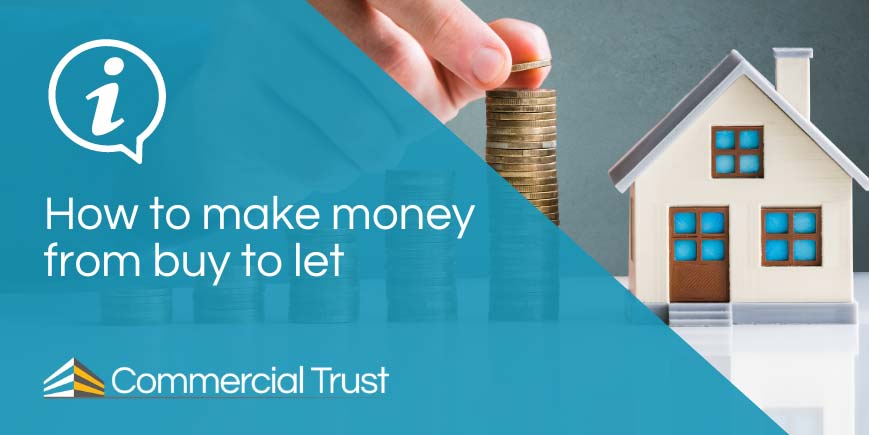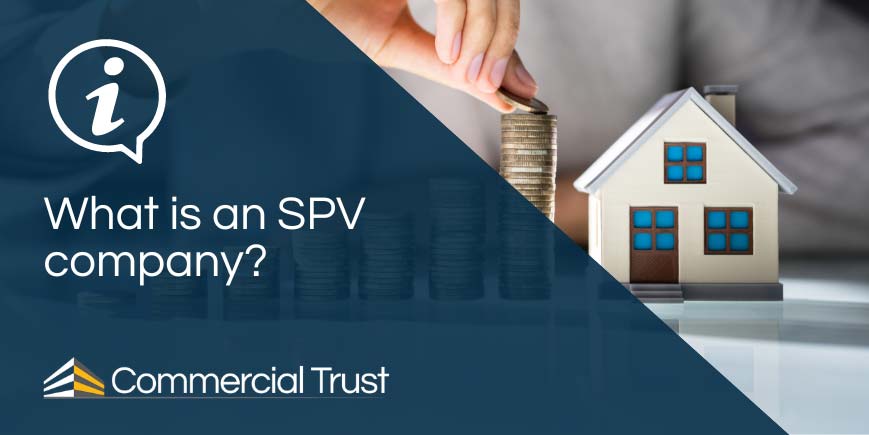This information should not be interpreted as financial, tax or legal advice. Mortgage and loan rates are subject to change.

Categories: guides | buy to let mortgage guides | property investment guides
One of the more common reasons that we see some cases declined by lenders is the way lenders view income. Income must be ‘provable’ or ‘verifiable’.
Self-certification used to get around no proof of income
Gone are the days of self-certification mortgages, when lenders would accept income declarations on good faith. After it emerged that these loans were being widely misused, the financial services regulator introduced a proof of income requirement for all regulated loans.
Buy to let lenders want proof of income for mortgages
Though buy to let mortgages are not usually regulated in the same way that residential mortgages are, they are still subject to the same proof of income requirements.
This means that any income you declare must be provable – which means it must be taxable.
Declaring and proving your income
We usually witness this issue with self-employed applicants, who have miscalculated their taxable income. However, it can present problems for any borrowers who declare some or all of their income to HMRC and are able to offset certain business expenses in order to reduce their tax bill.
Plan your declared income before you apply for a buy to let mortgage
Because income you haven’t declared to HMRC can’t be used in affordability calculations, a counterintuitive situation might arise where you are forced to offset fewer expenses (and pay more tax than you would otherwise be liable to) in order to qualify for a buy to let mortgage. Also, because lenders typically require one or more years’ accounts from self-employed borrowers, you will need to plan your declaration well in advance.
What income documentation lenders can ask you for?
Tax returns
Lenders may ask for a self-assessment tax calculation (SA302 form) and/or Tax Year Overview, if you are self-employed, a sole trader or part of a partnership.
Bear in mind that HMRC doesn’t automatically issue SA302s; you’ll need to request or print them yourself. See the GOV.UK site for more information on getting your SA302 tax calculation.
Audited accounts
Limited companies and members of limited liability partnerships (LLPs) will usually need to provide two years’ audited accounts.
Bank statements
You might also have to provide between one and three months’ bank statements and most lenders will request an assets and liabilities statement.
What other options do I have?
If your lender has stipulated a minimum income requirement, you must have declared at least that amount to HMRC every year for the period specified. However, not all lenders do ask for this.
Buy to let lenders have different income criteria
Many of our lenders do not ask for a minimum income, whilst others will assess applications on a case-by-case basis. You must still meet their other requirements, though, which may include one or more of the following:
- You have a provable income of any amount (you will still be required to evidence this with accounts, SA302 calculations and/or Tax Year Overview)
- Where you are submitting a joint application with up to three other applicants, you will need to meet the minimum income requirement between you
- Your income and/or savings are sufficient to cover void periods of up to three months
- Whilst there is no minimum period of self-employment required, you will need to provide the most recent two years of rental accounts
- You meet all of a lender’s other financial criteria, including minimum DSCR (debt service coverage ratio, starting from 125% coverage rate)
To discuss your options with an advisor, get in touch with us on one of the numbers above or complete our online form for a callback.





